The Canadian Rockies offer one of North America’s most spectacular driving routes, with turquoise lakes, dramatic mountain peaks, and abundant wildlife around every bend. From Banff to Jasper and beyond, this stretch of the Trans-Canada Highway and Icefields Parkway delivers jaw-dropping vistas that attract visitors from around the globe.
The journey combines easily accessible viewpoints with hidden gems that reward those willing to venture a short distance from the main route. Here is a list of 20 unmissable stops that showcase the best of the Canadian Rockies, from Alberta’s eastern slopes to the lush valleys of British Columbia.
Banff Town, Alberta
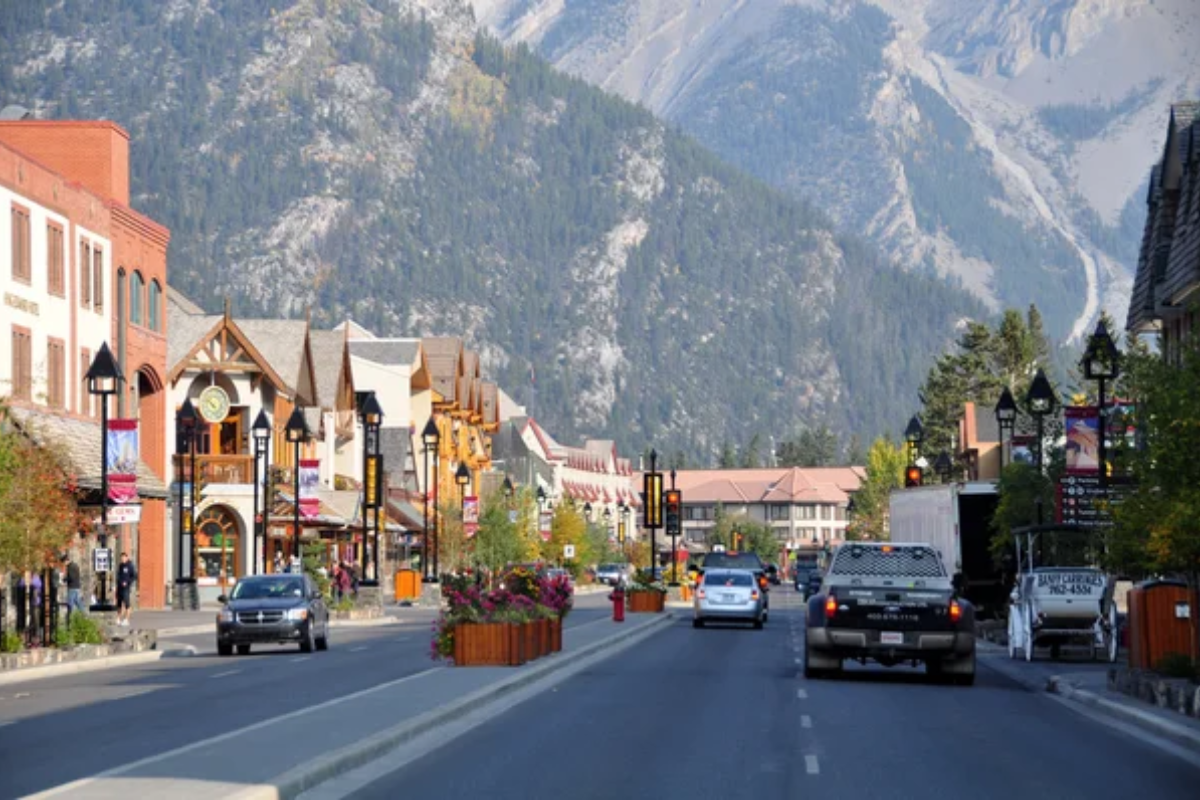
Banff Town is the perfect starting point for any Rocky Mountain adventure in the heart of Canada’s first national park. The charming streets are lined with locally owned shops, restaurants serving Alberta beef, and museums that tell the story of this historic mountain community.
At just over 4,500 feet, the town offers spectacular mountain views in every direction while providing all the amenities travelers need before heading deeper into the wilderness.
Lake Louise, Alberta

This iconic turquoise lake sits beneath the impressive Victoria Glacier, creating one of Canada’s most photographed scenes. The historic Fairmont Chateau Lake Louise stands majestically on the lakeshore, offering visitors a glimpse into the golden age of railway tourism.
A 1.3-mile lakeside trail provides easy access to stunning viewpoints, while more adventurous hikers can climb to the Lake Agnes Tea House for a well-earned rest at 7,000 feet.
Like Travel Pug’s content? Follow us on MSN.
Moraine Lake, Alberta
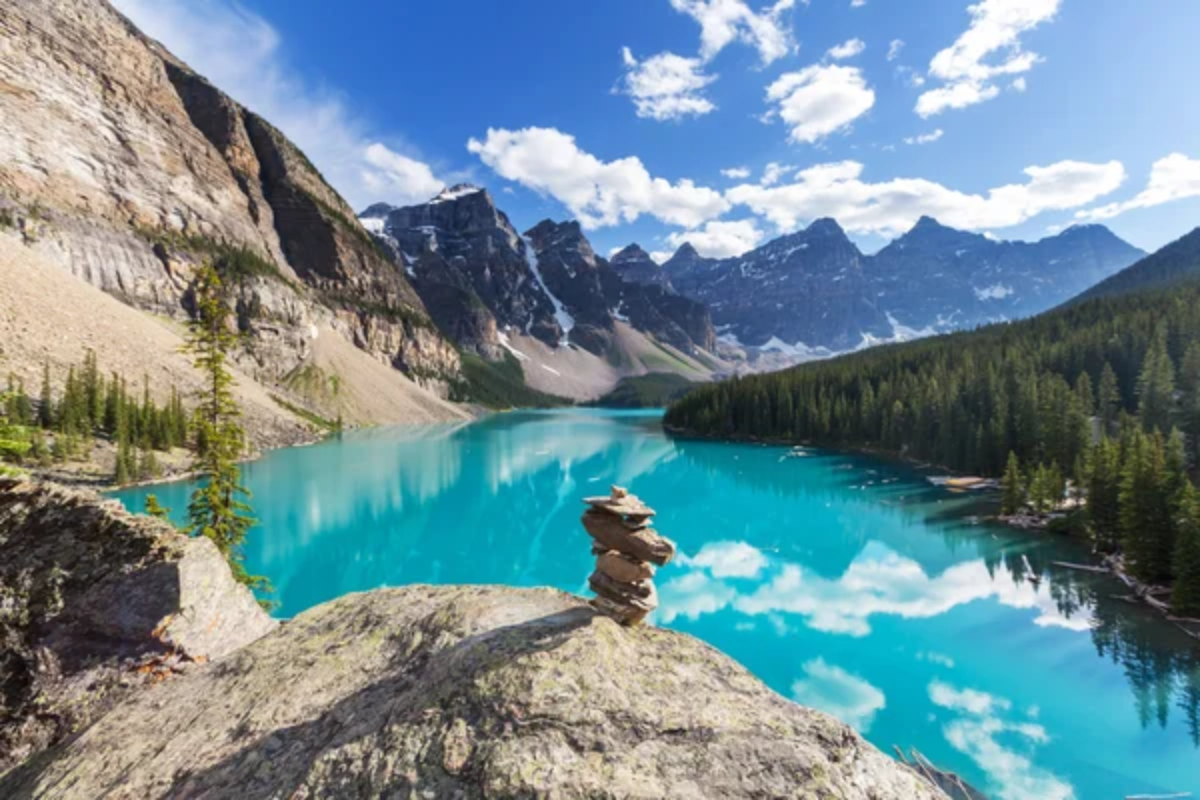
Perhaps even more stunning than its famous neighbor, Moraine Lake’s vivid blue waters are surrounded by the dramatic Valley of the Ten Peaks. The distinctive color comes from rock flour—fine rock particles carried down by glacial melt—that remains suspended in the water and reflects blue-green light.
Visitors who climb the Rockpile Trail are rewarded with the quintessential Rocky Mountain view that once appeared on Canadian twenty-dollar bills.
Peyto Lake, Alberta

Shaped like a fox’s head, this brilliant blue alpine lake offers one of the most distinctive viewpoints along the Icefields Parkway. A short walk from the parking area leads to an observation deck overlooking the lake, which sits at 6,100 feet above sea level.
The lake’s extraordinarily vivid color results from the high concentration of glacial minerals that flow into its waters during summer melt seasons.
Bow Lake, Alberta
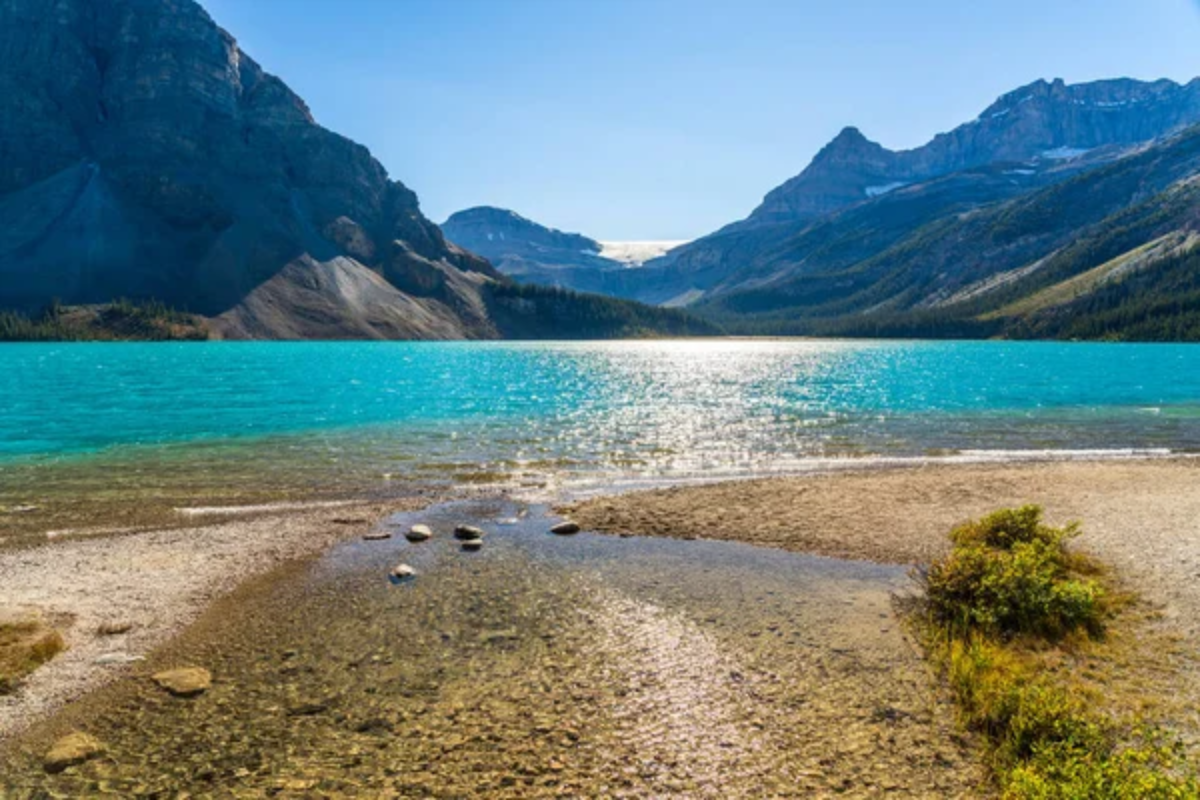
Often overlooked in favor of its more famous neighbors, Bow Lake offers equally impressive mountain reflections without the crowds. The historic Num-Ti-Jah Lodge, built by legendary mountain guide Jimmy Simpson in the early 1900s, sits on its shores.
Early mornings here provide perfect mirror-like reflections of Crowfoot Mountain and the Bow Glacier, which feeds the lake and eventually becomes the Bow River flowing through Calgary.
Like Travel Pug’s content? Follow us on MSN.
Columbia Icefield, Alberta
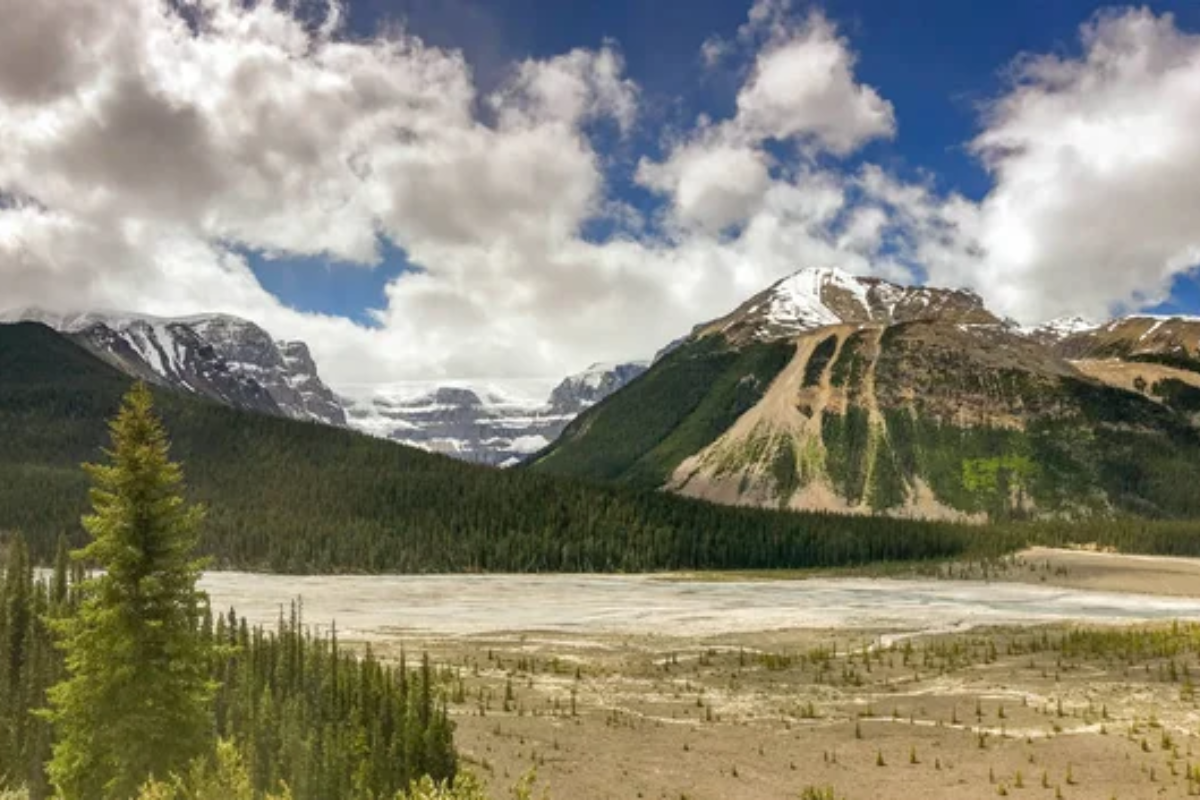
Standing at the boundary between Banff and Jasper National Parks, this massive ice formation covers an area of 125 square miles and reaches depths of 1,200 feet. Visitors can join tours on specially designed Ice Explorer vehicles that drive directly onto the Athabasca Glacier, allowing them to stand on ice that formed hundreds of years ago.
The recently constructed Glacier Skywalk extends over the valley edge, with a glass floor providing heart-stopping views of the valley 900 feet below.
Athabasca Falls, Alberta
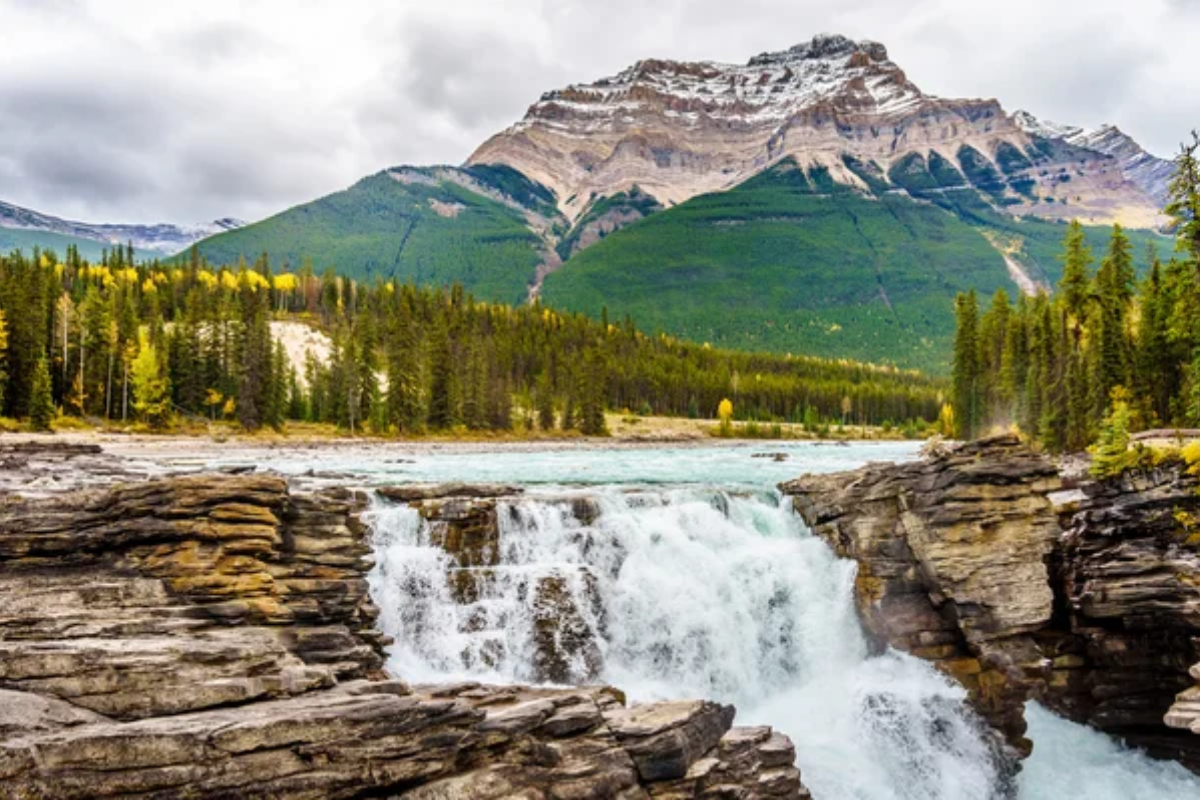
The sheer power of these falls comes not from their height but from the volume of water that thunders through a narrow limestone gorge. Multiple viewing platforms allow visitors to safely observe the falls from different angles while feeling the cool mist on their faces.
The short interpretive trail explains how the pounding water has carved fascinating shapes into the canyon walls over thousands of years.
Jasper Town, Alberta
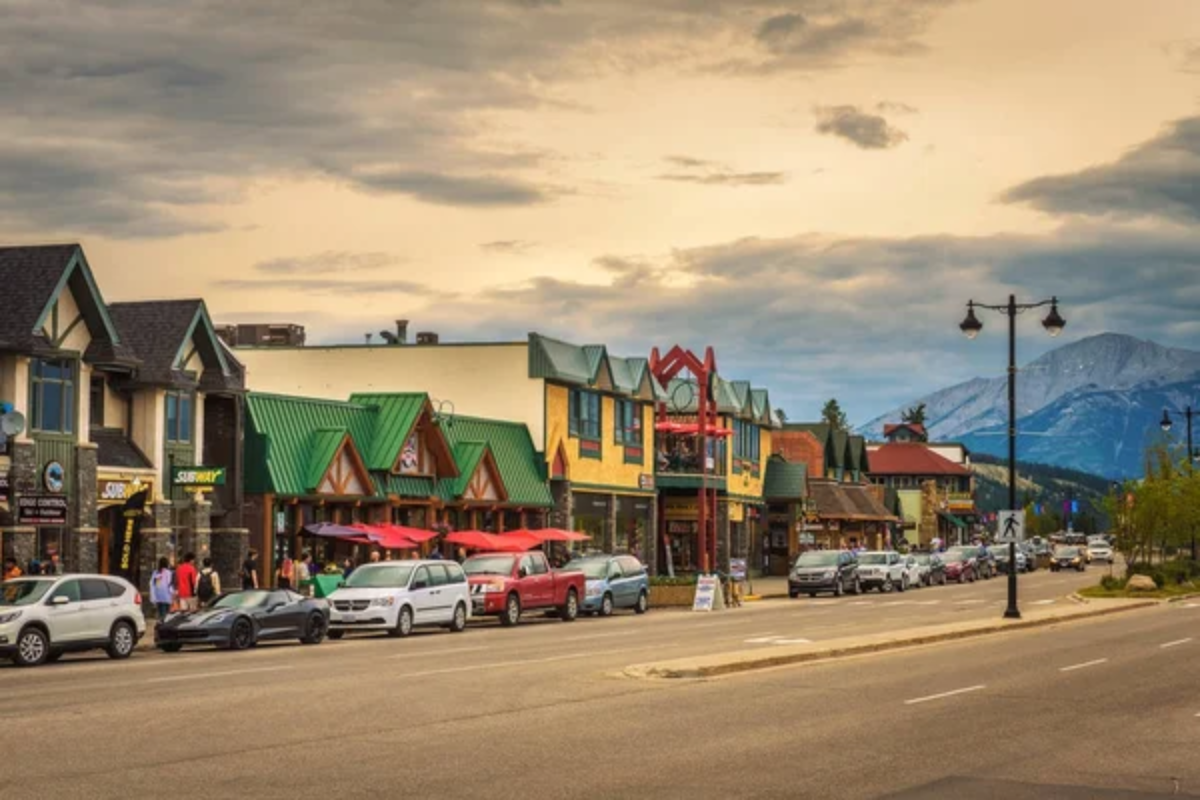
This laid-back mountain town offers a more relaxed atmosphere than Banff, providing excellent access to wilderness adventures. Wildlife sightings are common even within town limits, with elk often grazing on front lawns during morning and evening hours.
The Jasper SkyTram whisks visitors to an elevation of 7,500 feet for panoramic views of six mountain ranges and the town in the valley below.
Like Travel Pug’s content? Follow us on MSN.
Maligne Lake, Alberta
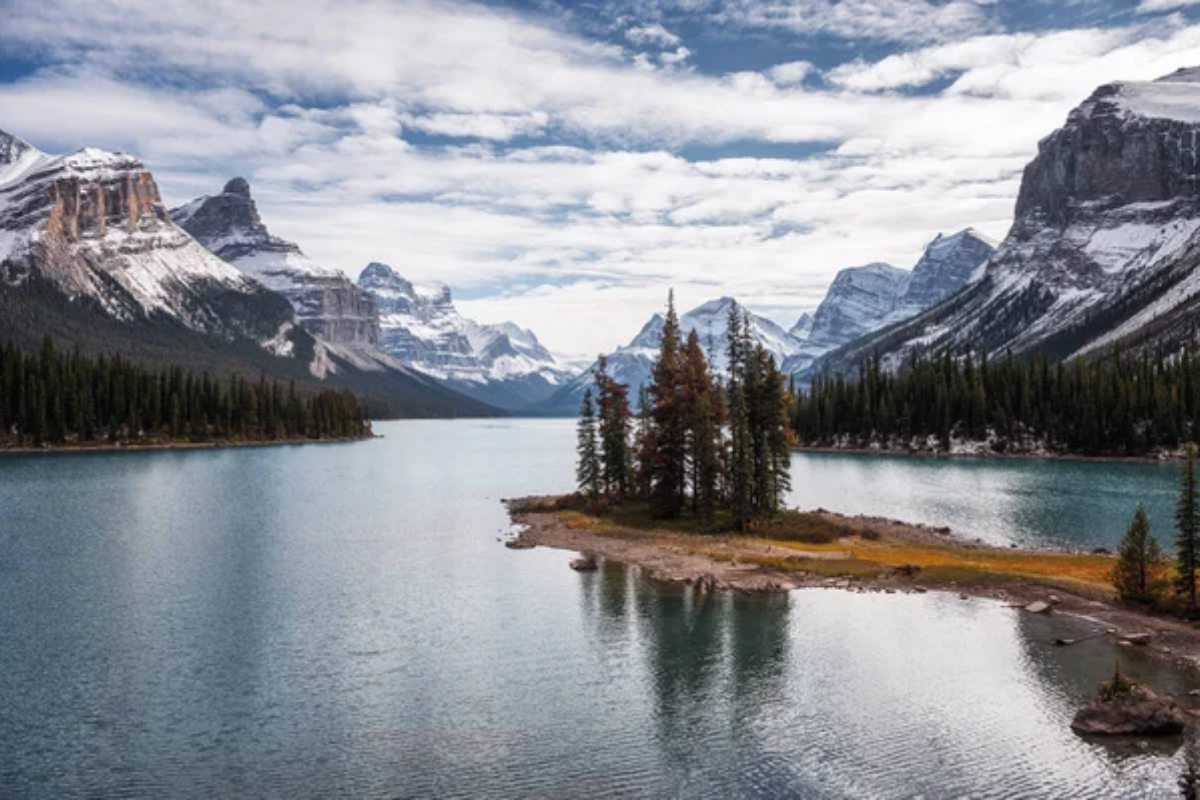
Stretching for 14 miles, Maligne is the longest natural lake in the Canadian Rockies and home to the famous Spirit Island—an iconic symbol of the region. Boat tours operate throughout summer, taking visitors to this tiny island that can only be reached by water.
The surrounding valley contains prime moose, bear, and wolf habitat, making wildlife viewing opportunities abundant along the access road.
Sunwapta Falls, Alberta
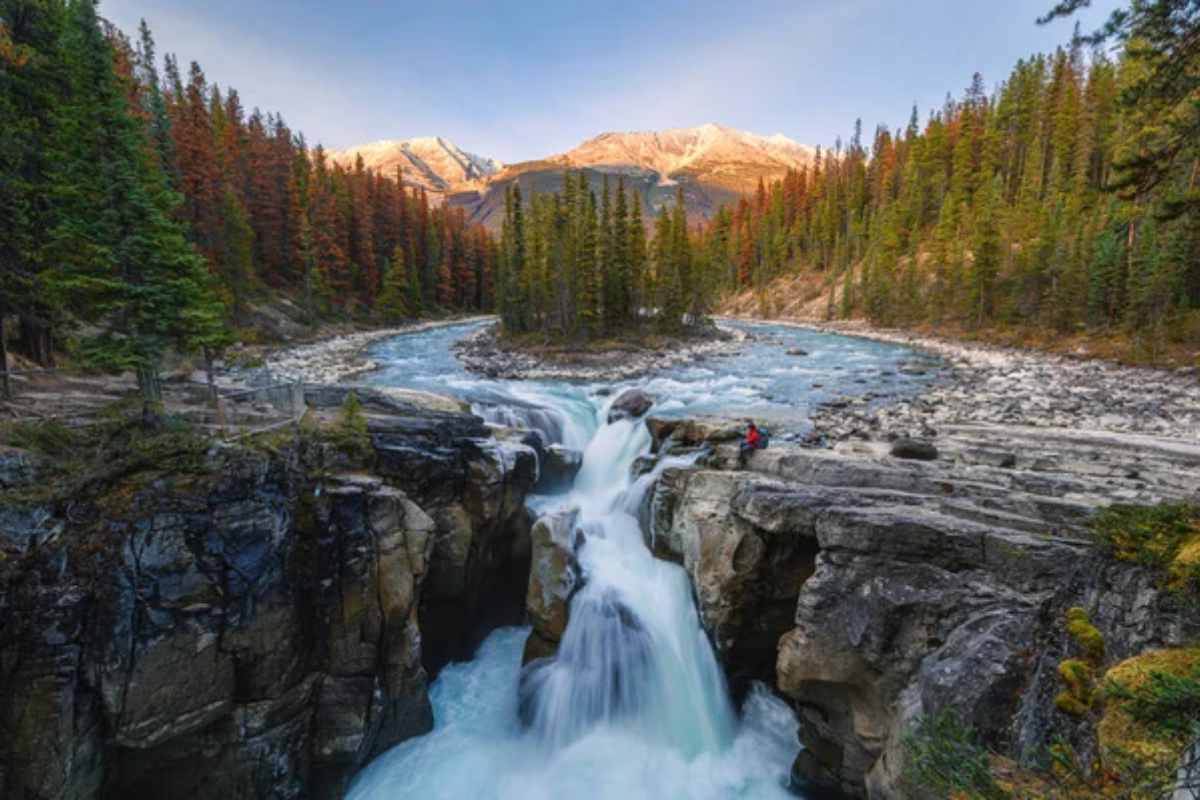
These impressive falls are a pair—upper and lower—with the upper falls easily accessible via a short walk from the parking area. The Sunwapta River makes a sharp turn before plunging 72 feet into a limestone gorge, creating a dramatic scene framed by towering spruce trees.
The less-visited lower falls require a 0.9-mile hike but reward visitors with a more serene viewing experience away from the crowds.
Mount Robson Provincial Park, British Columbia
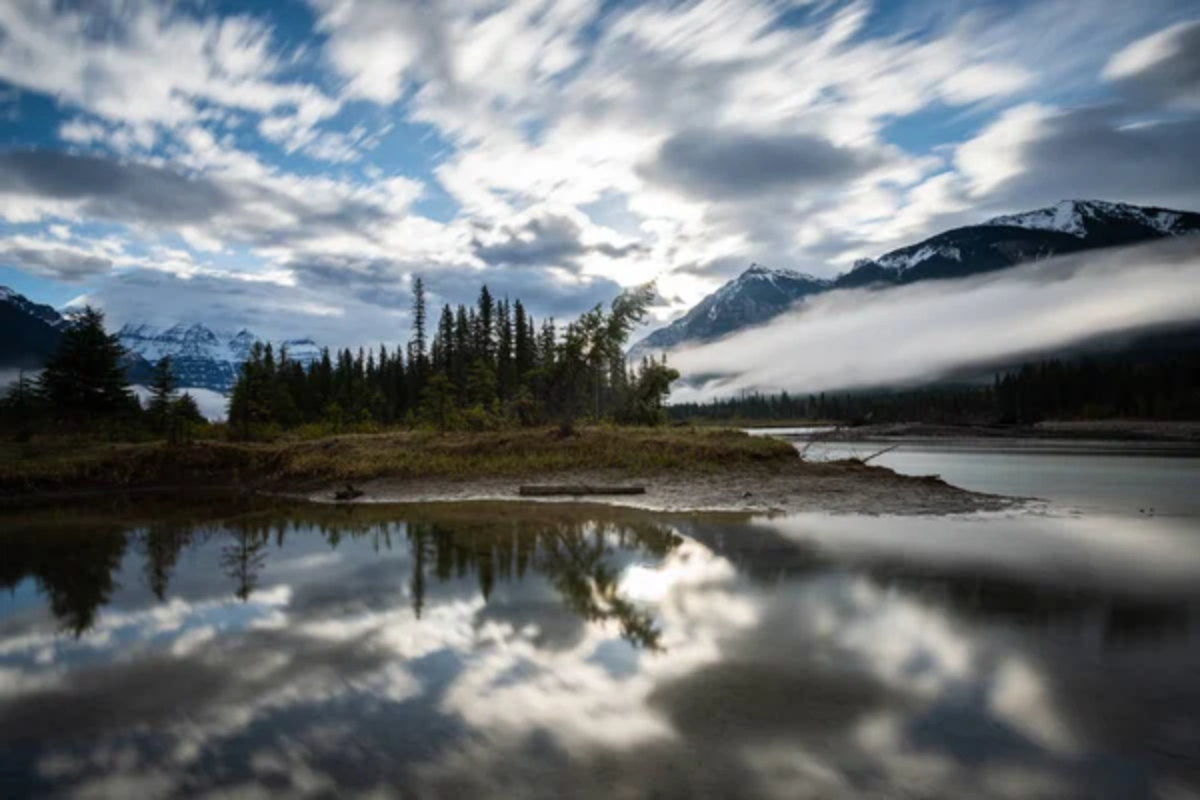
Crossing into British Columbia, Mount Robson is the highest peak in the Canadian Rockies at 12,972 feet. Its summit is often shrouded in clouds, making clear days particularly special for photographers.
The visitor center provides excellent interpretive displays about the unique ecosystems found at various elevations on the mountain, from valley-bottom cedars to alpine tundra.
Like Travel Pug’s content? Follow us on MSN.
Wells Gray Provincial Park, British Columbia

A short detour from the main route, this wilderness park contains over 40 named waterfalls, including the spectacular Helmcken Falls, which plunges 463 feet. Ancient volcanic activity shaped this landscape, creating lava beds and hoodoos alongside deep river canyons.
The park remains less developed than its neighbors, offering a glimpse of what the Rockies looked like before becoming international tourism destinations.
Emerald Lake, British Columbia
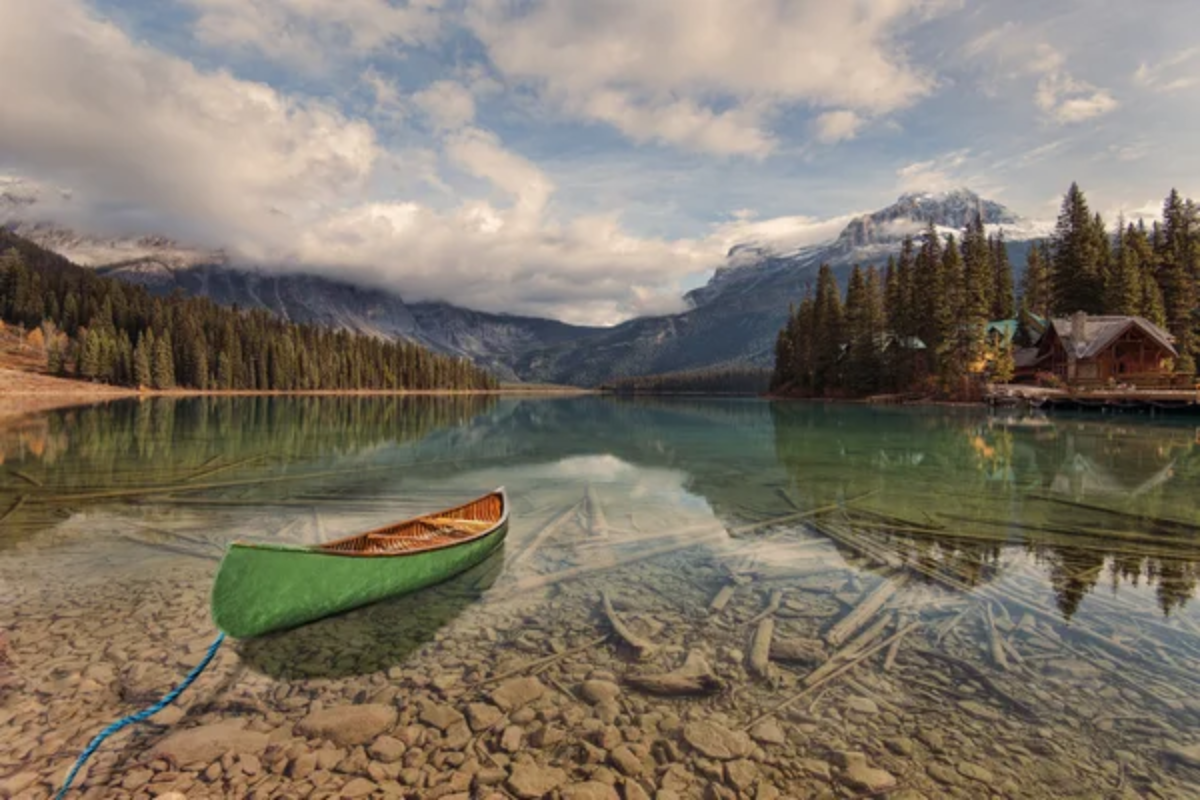
True to its name, this lake displays a vibrant green hue created by light reflecting off white limestone deposits on the lake bottom. A 3.1-mile loop trail circles the lake, providing constantly changing perspectives of the surrounding mountains.
The historic Emerald Lake Lodge occupies a peninsula jutting into the water, offering one of the most peaceful overnight stays in the entire region.
Natural Bridge, British Columbia
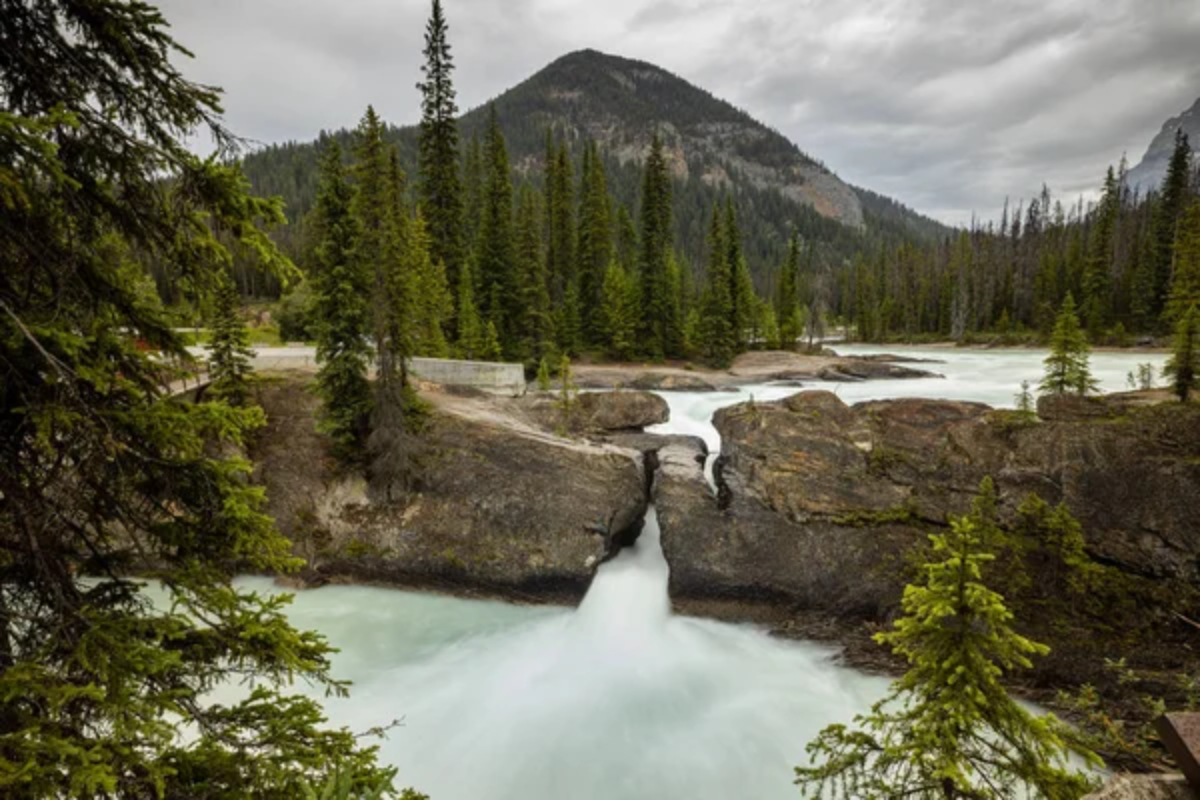
Located in Yoho National Park, this fascinating rock formation spans the powerful Kicking Horse River, carved through ancient limestone. What appears to be a bridge is the remaining roof of an underground river passage that collapsed over centuries of erosion.
The thundering water disappears beneath the bridge before reappearing downstream, demonstrating nature’s persistent force.
Like Travel Pug’s content? Follow us on MSN.
Takakkaw Falls, British Columbia
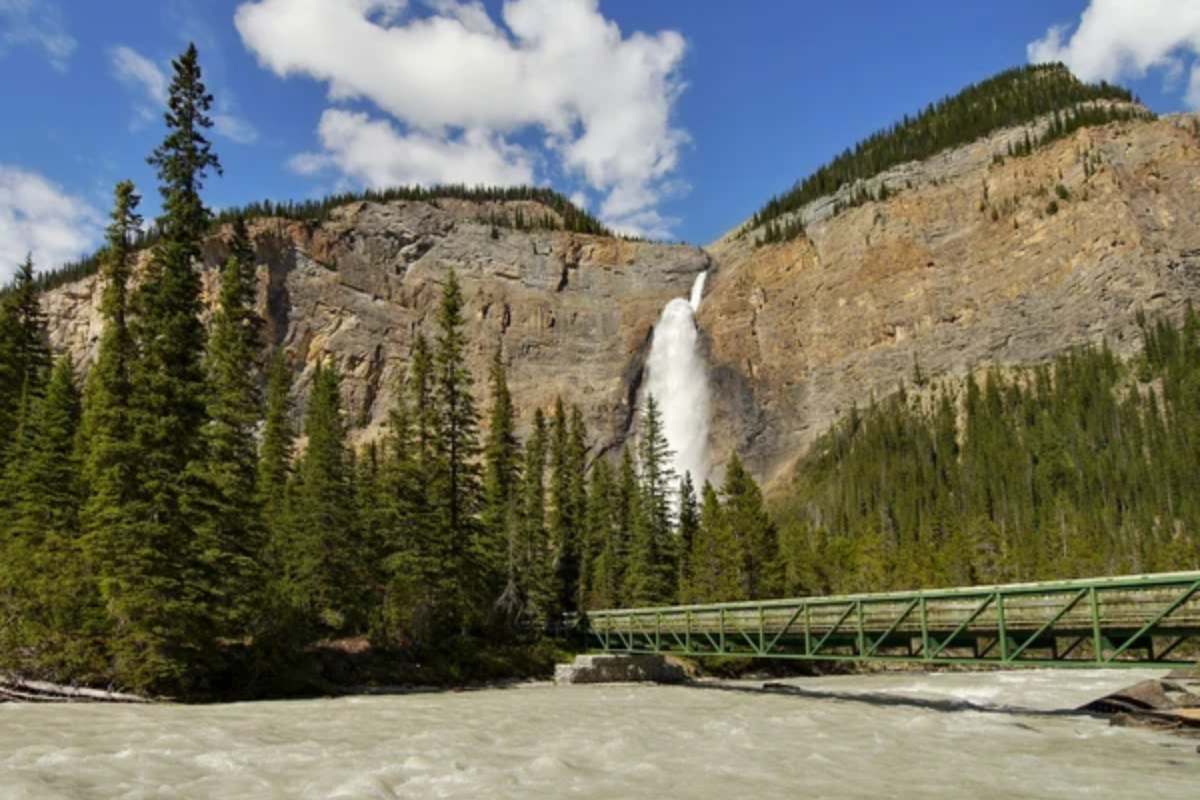
Among Canada’s highest waterfalls, Takakkaw plummets 1,224 feet from the Daly Glacier in a spectacular free-falling cascade. The name comes from a Cree word meaning ‘magnificent,’ which perfectly describes the experience of standing at its base, feeling the cool mist on your face.
The access road includes several tight switchbacks that larger vehicles must perform three-point turns to navigate, adding to the adventure of reaching this stunning location.
Kootenay National Park, British Columbia
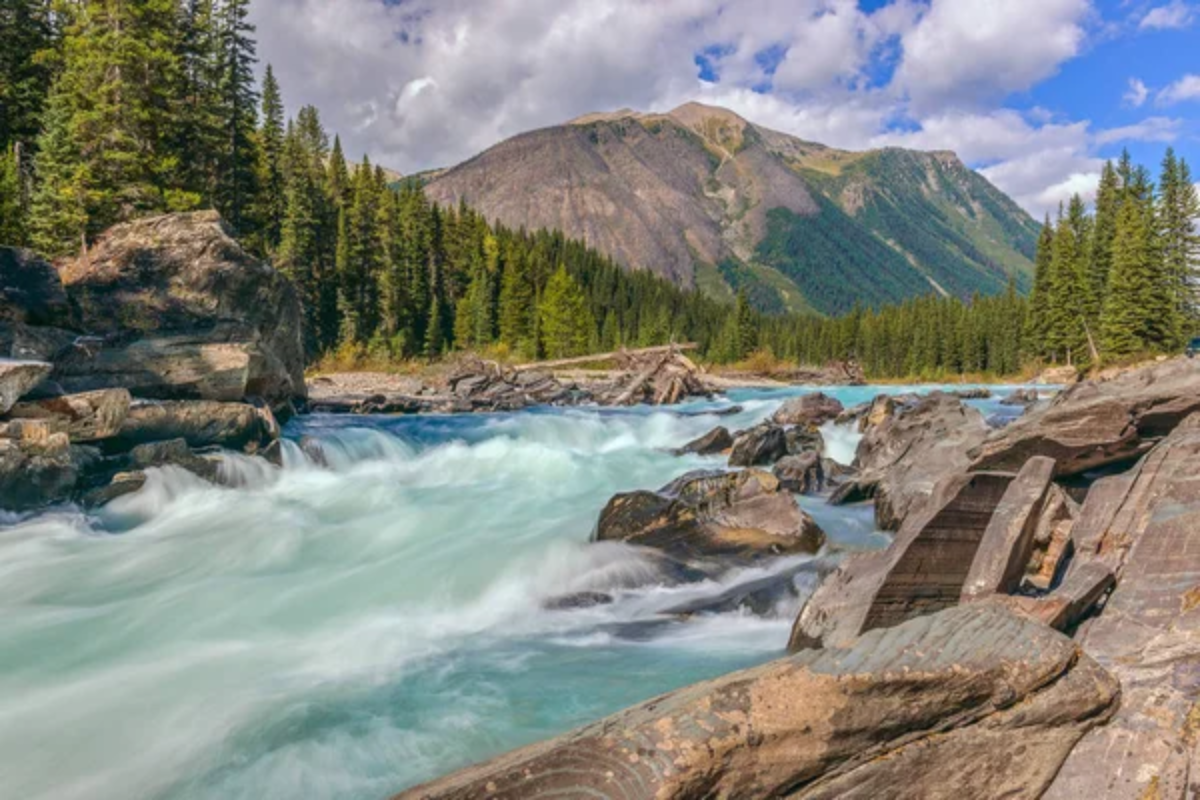
The least visited of the contiguous mountain parks offers smaller crowds and equally impressive scenery. The Marble Canyon trail leads through a deep limestone gorge where turquoise waters have carved smooth walls polished to a marble-like finish.
The park’s Paint Pots feature mineral springs that have deposited iron-rich sediments, creating vibrantly colored pools that Indigenous peoples once used for pigments.
Radium Hot Springs, British Columbia
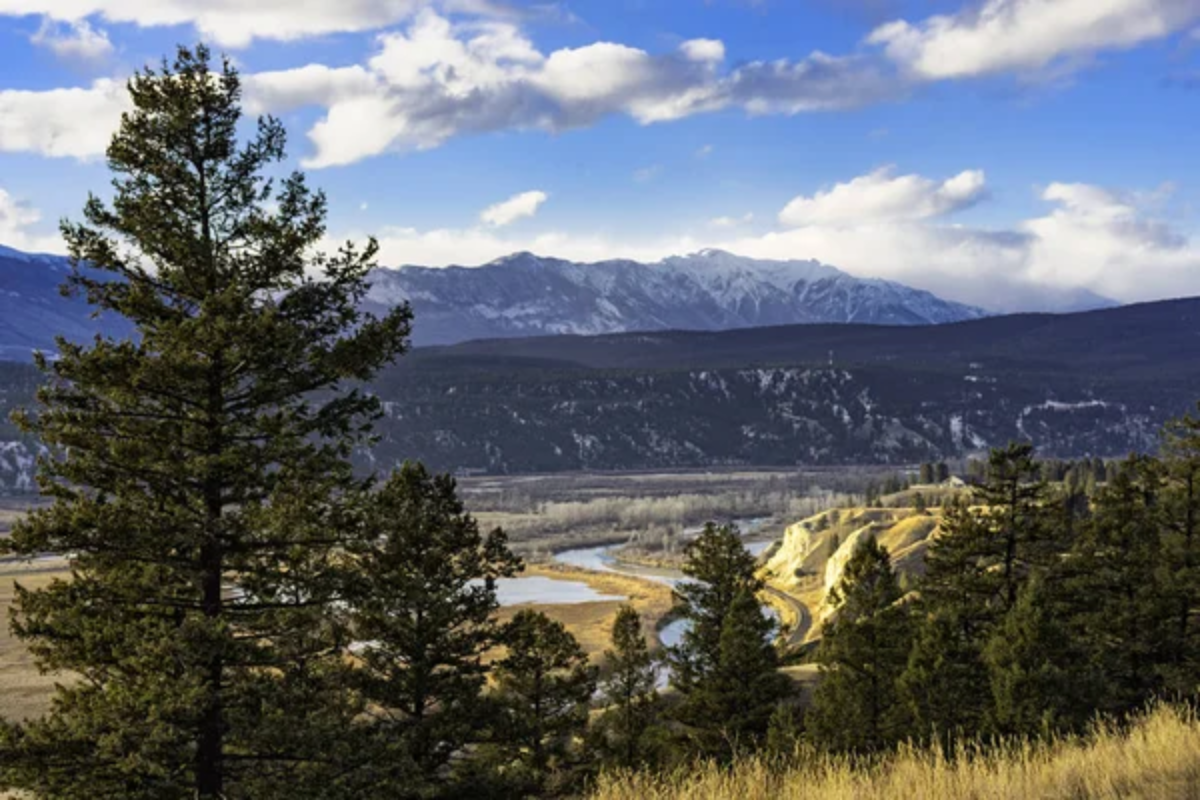
These mineral-rich thermal springs have drawn visitors seeking relaxation and healing since long before European settlement. The modern facility includes pools ranging from 84°F to 104°F, nestled in a dramatic rock gorge at the entrance to Kootenay National Park.
Bighorn sheep frequently descend from the surrounding cliffs to lick minerals from the roadside, creating unexpected wildlife viewing opportunities right next to town.
Like Travel Pug’s content? Follow us on MSN.
Lake Minnewanka, Alberta

Returning toward Banff, this glacial lake stretches for 17 miles, making it the longest lake in the mountain parks. Its name comes from the Stoney Nakoda word for ‘Water of the Spirits,’ reflecting Indigenous beliefs about the lake’s spiritual significance.
Beneath the surface lie the remains of Minnewanka Landing, a resort town flooded in 1941 when a dam was built. This had made it a popular destination for scuba divers exploring this underwater ghost town.
Johnston Canyon, Alberta
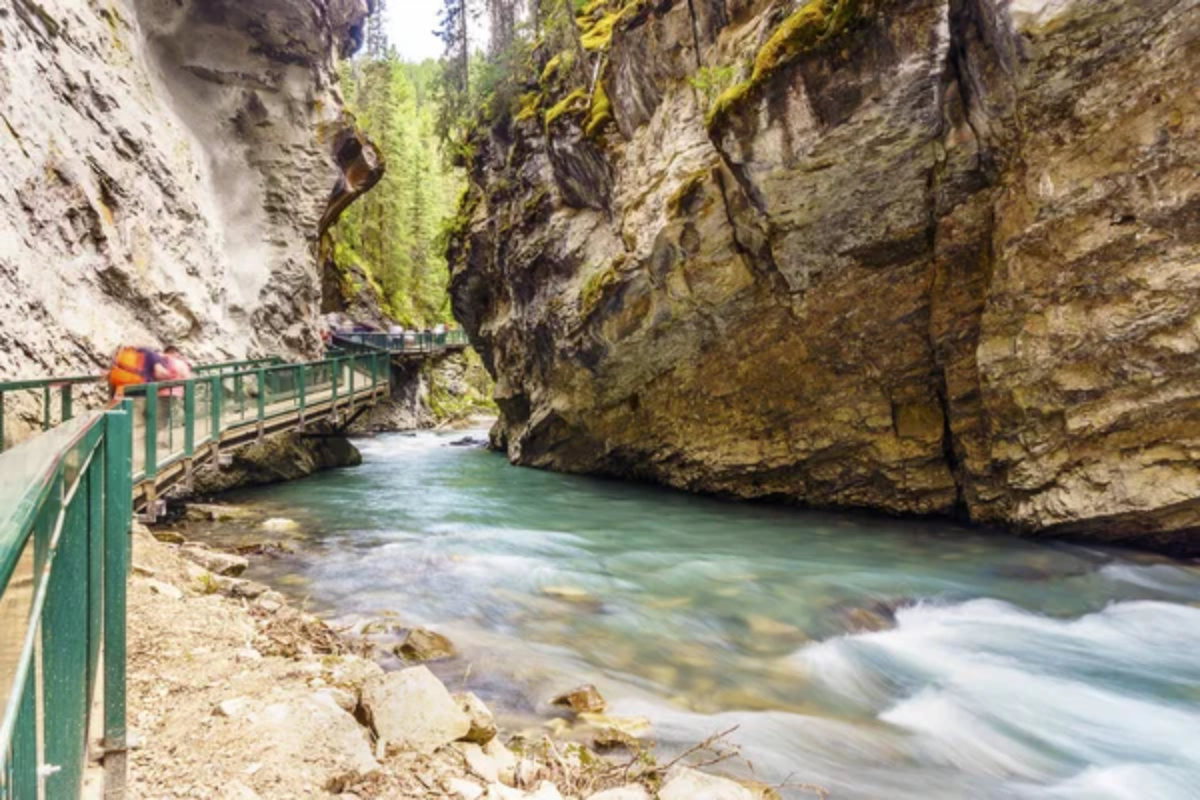
This easily accessible trail follows a series of catwalks bolted directly into the canyon walls, allowing visitors to experience the interior of a deep limestone gorge. The lower falls appear at the 0.7-mile mark, while the upper falls require a 1.6-mile hike and drop of 98 feet.
Winter transforms the canyon as the falls freeze into massive blue ice columns, attracting ice climbers and photographers to this entirely different landscape.
Vermilion Lakes, Alberta

Just minutes from downtown Banff, these three connected lakes offer the perfect place for sunset viewing with Mount Rundle reflecting in their still waters. The Fenland Trail winds through marshlands surrounding the lakes, home to beavers, elk, and over 200 bird species.
The lakes remain partially unfrozen even in winter due to warm springs, creating misty conditions and unique photography opportunities during cold mornings.
Like Travel Pug’s content? Follow us on MSN.
Timeless Mountains, Enduring Impressions
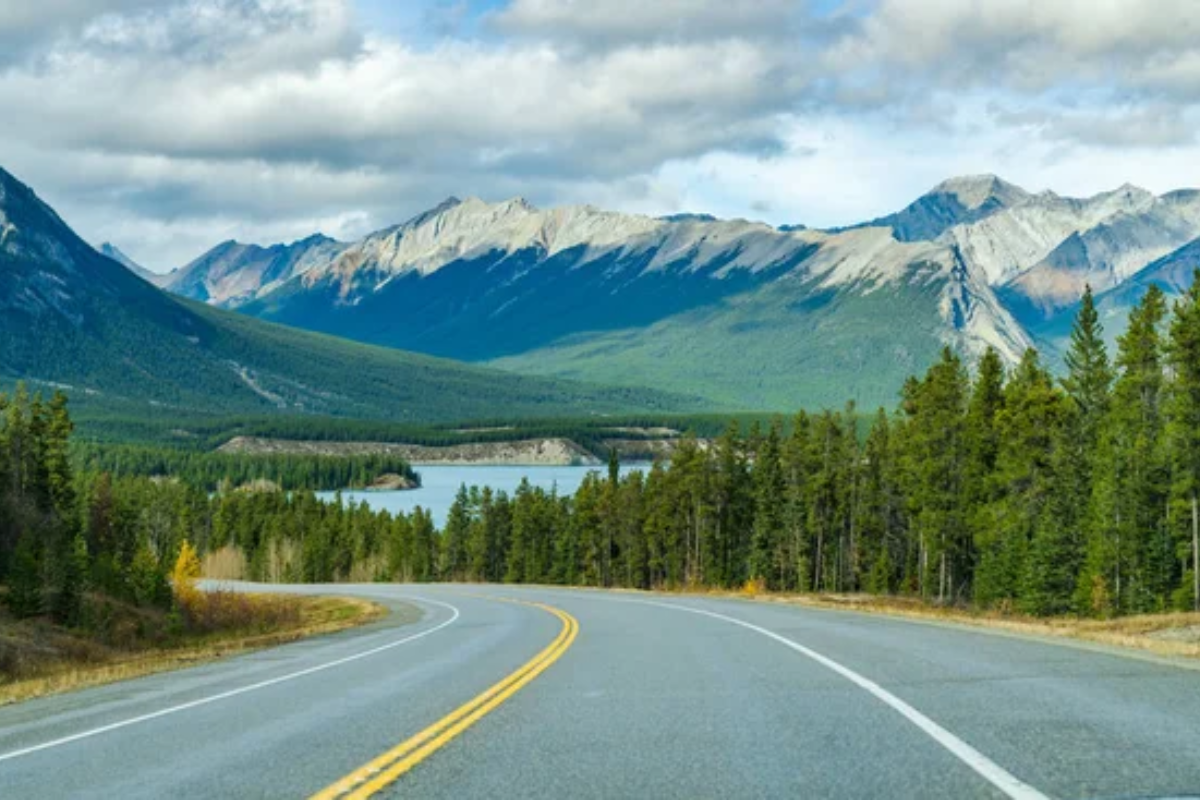
The Canadian Rockies have witnessed centuries of change—from First Nations travelers to railway pioneers and modern adventure seekers—yet their grandeur remains constant. The journey along this spectacular corridor connects visitors to a landscape shaped by millions of years of geological forces that continue to work today, albeit imperceptibly to human observers.
As you complete your drive through these ancient landscapes, the memories created will surely remain as enduring as the peaks themselves, calling you back to experience different seasons and discover new perspectives.
More from Travel Pug

- Cities Growing so Fast You Won’t Recognize Them in 10 Years
- 13 Destinations Where Tourists Regularly Regret Their Trip
- 16 U.S. Cities That Are Quietly Becoming Travel Hotspots
- Where to Travel If You Love Long Bus Rides and Daydreams
- 20 Cities Perfect for Solo Travelers Who Crave Adventure & Culture
Like Travel Pug’s content? Follow us on MSN.
